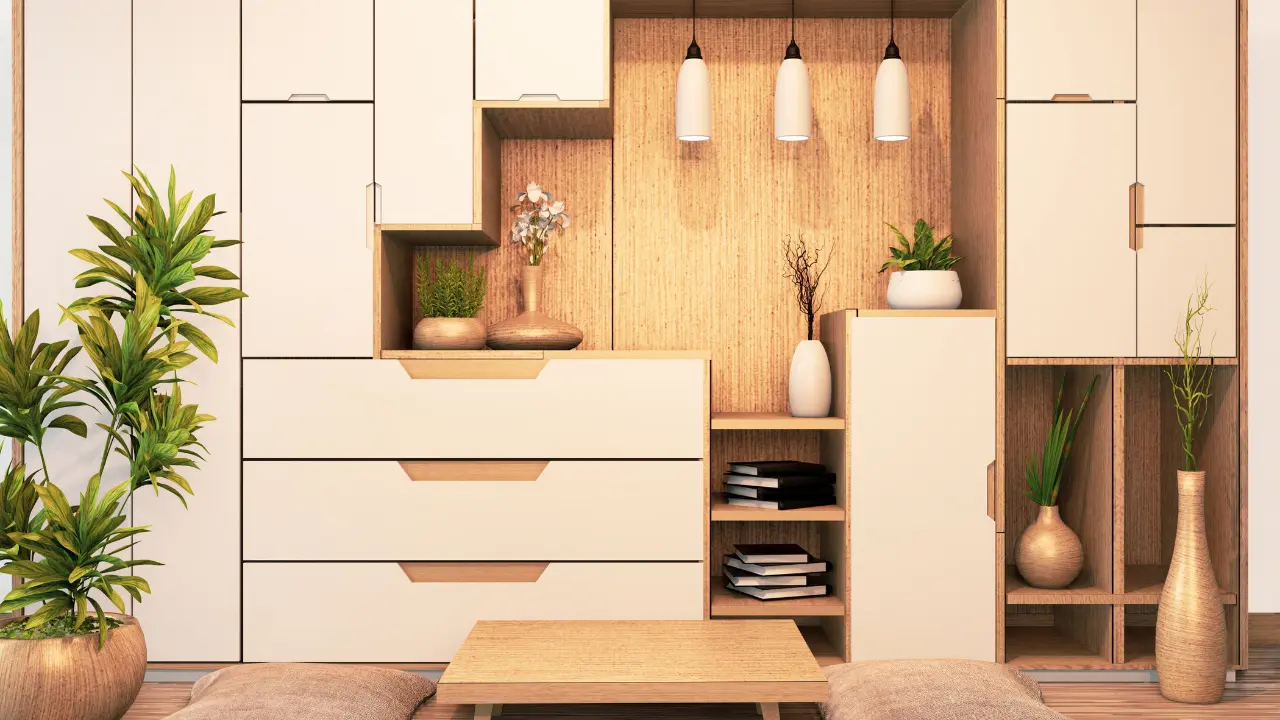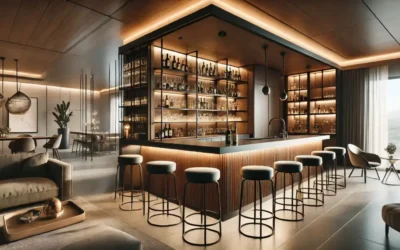Crafting custom cabinetry is a blend of precision, creativity, and craftsmanship. Whether you’re a seasoned woodworker or a DIY enthusiast eager to delve into the world of bespoke furniture, mastering the art of make custom cabinetry opens up a realm of possibilities for personalizing living spaces. In this comprehensive guide, we’ll explore the step-by-step process of designing, constructing, and finishing custom cabinetry that seamlessly integrates functionality and aesthetics into any environment.
Understanding the Basics of Custom Cabinetry Design

Before embarking on your custom cabinetry project, it’s crucial to lay a solid foundation by understanding the fundamentals of design. Begin by carefully assessing the space where the cabinetry will be installed. Take precise measurements and consider factors such as existing décor, architectural elements, and functionality requirements. With these considerations in mind, sketch out your design concept, incorporating elements like shelving, drawers, doors, and any special features tailored to meet specific needs.
Selecting the Right Materials for Custom Cabinetry
The choice of materials plays a pivotal role in the quality, durability, and aesthetic appeal of custom cabinetry. Opt for high-quality hardwoods such as oak, maple, cherry, or walnut, renowned for their strength, beauty, and versatility. Alternatively, explore sustainable options like bamboo or reclaimed wood for an eco-friendly touch. When selecting sheet goods for panels and shelves, prioritize durability and stability, opting for plywood or medium-density fiberboard (MDF) over particleboard for superior strength and longevity.
Mastering Precision Techniques in Cabinetry Construction
Precision is paramount in cabinetry construction, ensuring seamless assembly and long-lasting durability. Begin by meticulously cutting your chosen materials to size using a table saw, circular saw, or miter saw, paying close attention to accuracy and consistency. Employ joinery techniques such as dado joints, rabbets, and dovetails to create sturdy connections between components, reinforcing structural integrity and minimizing gaps or weaknesses in the finished product.
Assembling Custom Cabinetry with Care and Attention to Detail
With components cut and joinery completed, it’s time to embark on the assembly process, where meticulous attention to detail is essential. Begin by dry-fitting all pieces to ensure proper alignment and fit before applying glue or fasteners. Use clamps to secure joints tightly while allowing sufficient time for adhesives to cure, ensuring a strong and reliable bond. Assemble cabinets in stages, starting with the carcass or frame before adding shelves, drawers, doors, and any decorative elements.
Finishing Touches: Refining and Enhancing Custom Cabinetry
The finishing touches transform custom cabinetry from mere functional storage solutions into exquisite pieces of furniture that elevate any space. Begin by sanding all surfaces meticulously, starting with coarse grit sandpaper and progressing to finer grits for a smooth, polished finish. Apply your chosen finish – whether it be stain, paint, or clear coat – with precision and care, following manufacturer instructions for optimal results. Consider adding decorative hardware such as handles, knobs, or hinges to complement the overall design aesthetic and enhance usability.
Installing Custom Cabinetry: Ensuring a Seamless Integration
Installation is the final step in bringing your custom cabinetry project to fruition, requiring precision and attention to detail to ensure a seamless integration into the designated space. Begin by carefully positioning cabinets according to your design plan, using a level to ensure proper alignment and balance. Secure cabinets to the wall or floor using appropriate fasteners, taking care to account for structural support and load-bearing capacity. Double-check all measurements and alignments before finalizing installation to avoid any discrepancies or imperfections.
Maintaining and Caring for Custom Cabinetry Over Time
Proper maintenance is essential for preserving the beauty and functionality of custom cabinetry over time, ensuring years of enjoyment and utility. Regularly dust cabinets with a soft cloth or microfiber duster to remove debris and prevent buildup. For deeper cleaning, use a mild soap solution and water, avoiding harsh chemicals that may damage finishes or surfaces. Inspect hardware and components periodically for signs of wear or damage, replacing any worn or malfunctioning parts promptly to prevent further issues.
FAQs About Make Custom Cabinetry
What Tools and Materials Are Essential for Making Custom Cabinetry?
Some essential tools and materials for making custom cabinetry include a table saw, miter saw, router, drill, clamps, measuring tape, plywood or solid wood for the cabinet boxes, hardwood for the face frames, hinges, drawer slides, screws, and finishing materials like paint or stain. These tools and materials are crucial for ensuring precise cuts, sturdy construction, and a beautiful finish on the custom cabinetry project.
How Can One Ensure That Custom Cabinetry Fits Perfectly in a Given Space?
To ensure custom cabinetry fits perfectly in a given space, accurate measurements of the area should be taken multiple times to account for any discrepancies. It is also important to communicate clearly with the cabinet maker about specific requirements and preferences. Using detailed sketches or even creating a mock-up can help visualize the final product. Finally, working closely with a skilled professional who has experience in custom cabinetry can ensure a precise and tailored fit for the space.
What are some common mistakes to avoid when making custom cabinetry?
Some common mistakes to avoid when making custom cabinetry include not accurately measuring the space, using low-quality materials, neglecting proper ventilation, overlooking the importance of functional design, underestimating the importance of proper finishing and sealing, and not allowing for enough storage space. It’s essential to plan meticulously, communicate clearly with the carpenter or manufacturer, and prioritize quality and functionality to ensure successful custom cabinetry.
Conclusion
Mastering the art of making custom cabinetry offers a rewarding opportunity to unleash your creativity and craftsmanship while enhancing the functionality and aesthetic appeal of any space. By following the step-by-step process outlined in this guide – from design and material selection to construction, finishing, and installation – you can create bespoke cabinetry that reflects your unique style and meets your specific needs with precision and excellence. Embrace the journey of crafting custom cabinetry, and let your vision come to life in every meticulously crafted detail.





